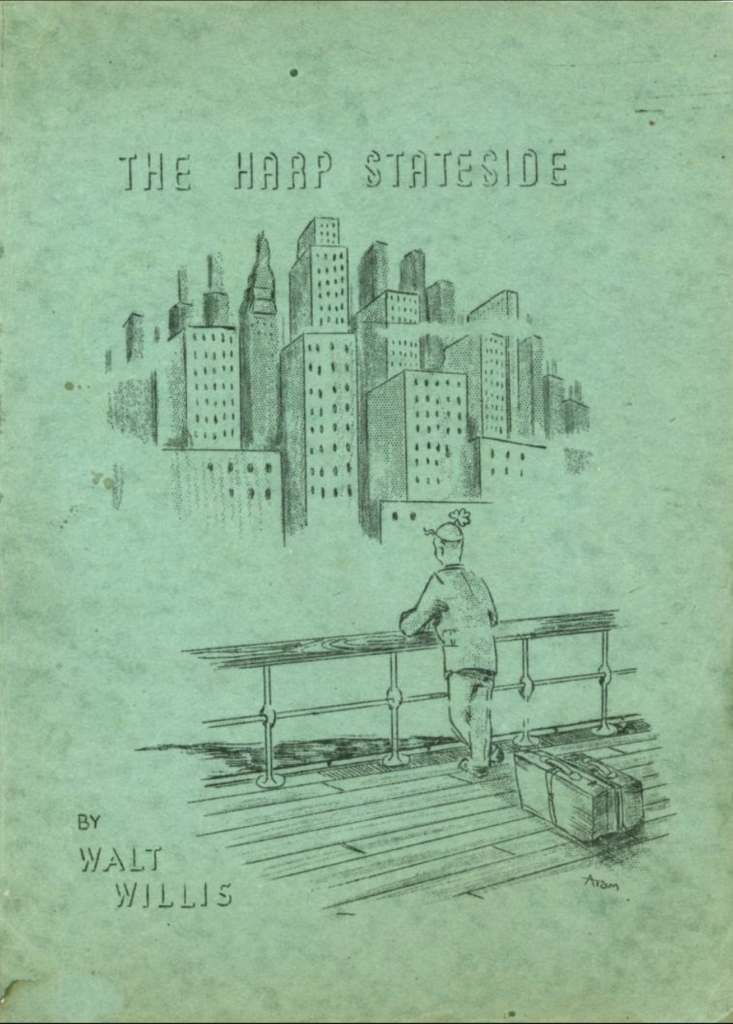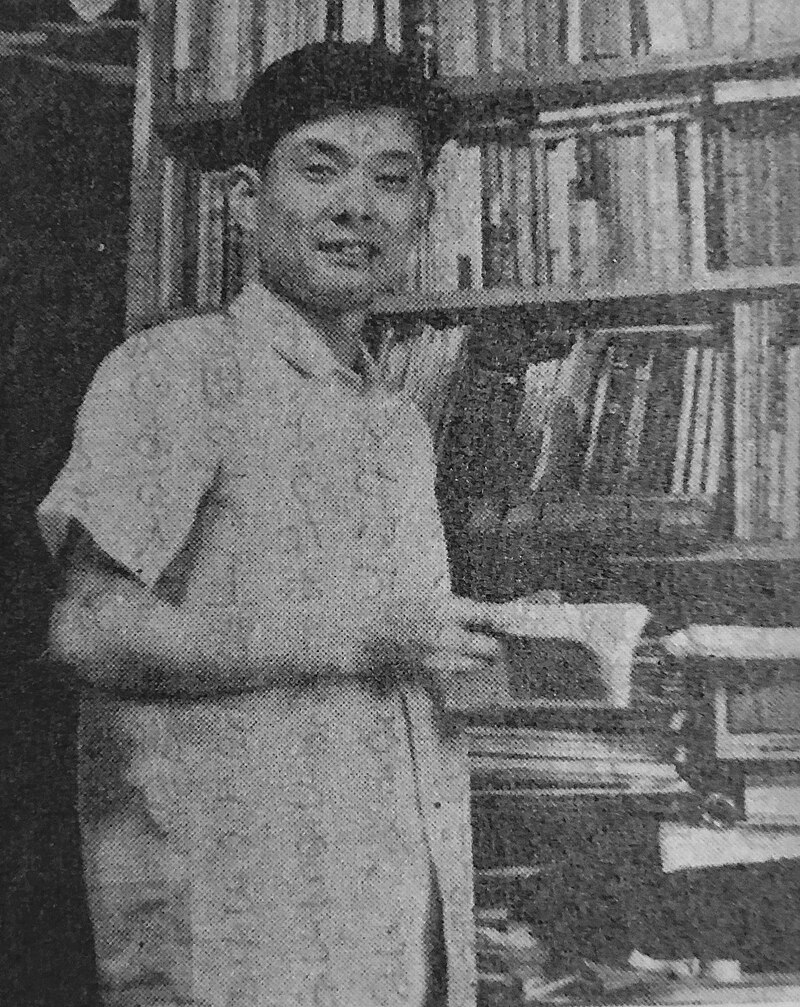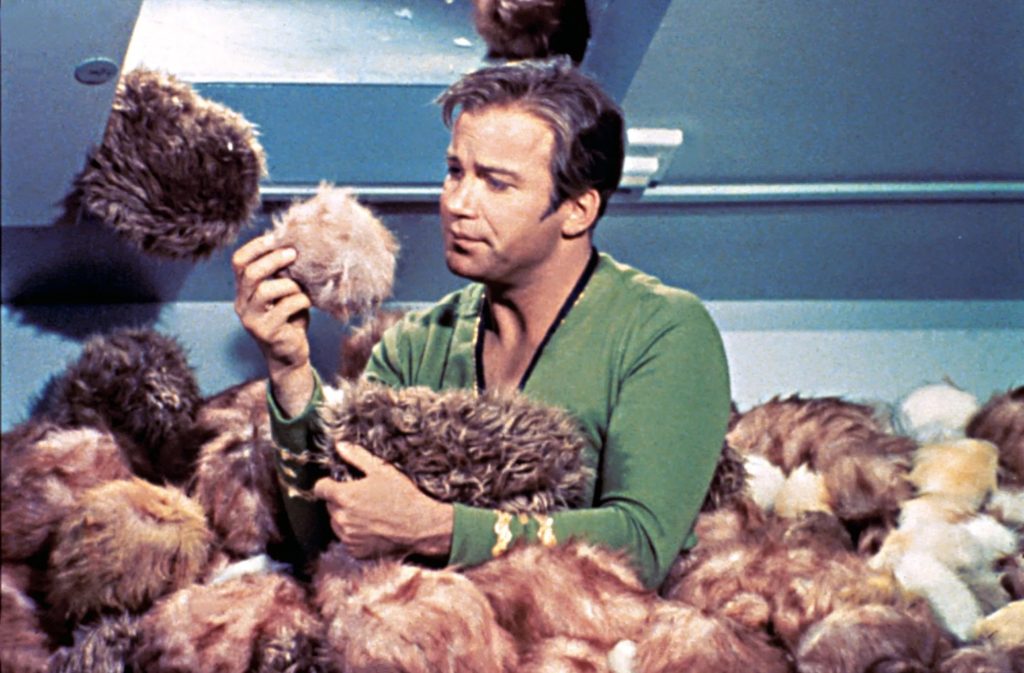
by Kaye Dee
Without a doubt, Australia’s most famous musical export would have to be The Seekers, the folk-pop quartet from Melbourne who burst onto the international stage in 1964 and have given The Beatles and The Rolling Stones a run for their money when it comes to Top Ten hits. So, even with persistent rumours for some months that the band might soon break up, it comes as something of a surprise that, at the height of their fame, The Seekers announced in July that they have decided to go their separate ways.
 The Seekers at the 1966 Royal Command Performance at the London Palladium
The Seekers at the 1966 Royal Command Performance at the London Palladium Singing for their Supper
The Seekers – Athol Guy (28), Keith Potger (27), Bruce Woodley (26) and Judith Durham (25) – formed in Melbourne in 1962. But how did a group of clean cut, coffee-house musicians – all of them with middle-class day jobs – become a hot property in the booming British pop scene and a household name on three continents?
When the group was formed, none of its members were newcomers to the local music scene. The three male members had all attended the same Melbourne school and had their own bands before forming a new “doo wop” band, the Escorts, with singer Ken Ray. This group then transformed into The Seekers in 1962 as the folk music movement grew in Melbourne.
At the same time, Miss Durham, blessed with perfect pitch and originally planning to become an opera singer, was carving out a place in the local jazz scene. As the lead vocalist with a top Melbourne jazz band, “Judy” Durham had already released an EP with a local record label. With her beautiful and versatile voice, she can sing jazz, opera, blues and gospel – and there is no question that Judith Durham’s vocal talents have been a major factor in The Seekers’ success over the past six years.
When Ken Ray married and left the Seekers, Miss Durham was working at the same advertising agency as Athol Guy, and he recruited her as Mr. Ray’s replacement, creating The Seekers as we know them today: Judith Durham, the lead vocalist, also performing piano and tambourine; Athol Guy on double bass and vocals; Keith Potger on twelve-string guitar, banjo and vocals; and Bruce Woodley on guitar, mandolin, banjo and vocals.
 On the cover of The Seekers first album, Keith Potger was replaced by former Seeker Ken Ray, because his day job as a radio producer at the Australian Broadcasting Commission barred him from involvement in a commercial enterprise. (L-R: Judith Durham, Ken Ray, Bruce Woodley and Athol Guy).
On the cover of The Seekers first album, Keith Potger was replaced by former Seeker Ken Ray, because his day job as a radio producer at the Australian Broadcasting Commission barred him from involvement in a commercial enterprise. (L-R: Judith Durham, Ken Ray, Bruce Woodley and Athol Guy). Breaking Into the Australian Charts
Miss Durham’s golden voice and the group’s folk-influenced sound quickly made them popular in Melbourne, although they were largely unknown outside it. When her previous connection with local record label W&G provided the opportunity for a recording contract, The Seekers released their debut album "Introducing The Seekers" in 1963, opening the way to reach a national audience.
In the liner notes for the album, The Seekers described their approach to their music: “We don't claim to be folk singers in the true sense of the word. Then again, we don't regard ourselves as being ‘commercial’. Why? Because we sing the songs we like, the way we like and the way we think people will like to hear them. No long-haired ethnic purity for us, it's more fun our way.”
 Two tracks were released as singles, with their version of Australia’s unofficial national anthem “Waltzing Matilda” charting in the Top 40 in Melbourne, and the Top 100 nationally. Obviously, people did like to hear The Seekers singing what they liked, their way.
Two tracks were released as singles, with their version of Australia’s unofficial national anthem “Waltzing Matilda” charting in the Top 40 in Melbourne, and the Top 100 nationally. Obviously, people did like to hear The Seekers singing what they liked, their way. Sailing Away to International Fame
Since the 1950s, many Aussie entertainers seeking fame and fortune have headed off to Britain to try their luck in its larger, more vibrant entertainment industry, and in 1964, The Seekers decided that the time had come for them to follow suit. With a year-long contract to work as the house band on a cruise ship, the group departed Australia in March.
The Seekers planned to work in the UK and get some exposure for their music during the ten-week layover there before working the return cruise to Australia. Shrewdly, the group sent copies of their album and promotional photographs ahead of them to London talent agencies, hoping this might help them line up some work once they arrived. The tactic was successful, and once in London in May, the group discovered that a top agency had taken them on and already booked them on national TV shows, and on the UK variety theatre and club circuit.
Their planned “working holiday” almost immediately turned into a full-time career, with important London bookings and television appearances, a UK recording deal and the release of their first UK single, “Myra”. This was quickly followed by two studio albums and, at the end of 1964, their first big hit “I’ll Never Find Another You”.
What made The Seekers (deprecatingly described by some in the British press as “three bank tellers and a secretary” due to their conservative style of dress and a lifestyle that was definitely not “sex, drugs and rock’n’roll”) such a marketable property in a British pop scene fuelled by teen angst and teenage rebellion?
 Internationally successful folk acts like Peter, Paul & Mary had paved the way for The Seekers’ sound, the product of Judith Durham’s pure and powerful voice and the “nice harmonies” of the three men. With their clean-cut good looks, equally clean-cut voices and quiet dress, they appealed to English squares because they represented something they could understand and feel comfortable with, while at the same time their catchy tunes and soulful ballads, and their sheer musical talent attracted a wide range of audiences. The conservative BBC loved them, because their music contained no offensive lyrics, and their performances no outlandish behaviour, meaning that they received a large amount of air time on radio and television, which gave them wide exposure.
Internationally successful folk acts like Peter, Paul & Mary had paved the way for The Seekers’ sound, the product of Judith Durham’s pure and powerful voice and the “nice harmonies” of the three men. With their clean-cut good looks, equally clean-cut voices and quiet dress, they appealed to English squares because they represented something they could understand and feel comfortable with, while at the same time their catchy tunes and soulful ballads, and their sheer musical talent attracted a wide range of audiences. The conservative BBC loved them, because their music contained no offensive lyrics, and their performances no outlandish behaviour, meaning that they received a large amount of air time on radio and television, which gave them wide exposure. A Match Made by a Manager
Many of the catchy tunes that repeatedly propelled Seekers to the top of the charts, commencing with “I’ll Never Find Another You” (apparently recorded at the famous Abbey Road Studios by day while The Beatles were recording there at night), were written expressly for The Seekers by singer-songwriter-producer Tom Springfield, brother of Dusty Springfield. In a clever move, the agent managing The Seekers introduced them to Mr. Springfield shortly after he had split with his sister. Tom Springfield felt that The Seekers’ style of singing and performance would suit the particular kind of music he preferred to write. He became their resident songwriter, signing the group to his production company.
 In November 1964 “I'll Never Find Another You” became a massive worldwide hit, reaching Number 1 in Australia and the UK, and Number 4 in the US. It also rated highly in Europe and eventually sold 1.75 million copies worldwide. This earned The Seekers a place in the record books as the first Australian pop group to have a Top 5 hit simultaneously in the Australian, UK and US markets, as well as the first to sell over a million copies of a single.
In November 1964 “I'll Never Find Another You” became a massive worldwide hit, reaching Number 1 in Australia and the UK, and Number 4 in the US. It also rated highly in Europe and eventually sold 1.75 million copies worldwide. This earned The Seekers a place in the record books as the first Australian pop group to have a Top 5 hit simultaneously in the Australian, UK and US markets, as well as the first to sell over a million copies of a single. A World of Their Own
You could say that 1965 was the year that The Seekers conquered the world, with hit after hit rising up the charts! “A World of Our Own”, “Morningtown Ride”, and my favourite, “The Carnival is Over”, were all Top Ten hits, as was their 1965 album release. With its melody apparently drawn from a Russian folk song, “The Carnival is Over” reached Number 1 in the UK, even overtaking The Rolling Stones' “Get Off My Cloud”! I’ve heard that the single sold over 90,000 copies per day in Britain, which is no mean feat.
 The Seekers receiving their gold record in Australia for "The Carnival is Over"
The Seekers receiving their gold record in Australia for "The Carnival is Over"Winning the Top of the Pops Best New Group of 1964, The Seekers starred in the New Musical Express “All-Star Poll Winners Concert” in April 1965, on a bill that included the cream of the British pop scene – The Beatles, The Rolling Stones, Cliff Richard, Dusty Springfield, The Who and The Yardbirds: The Seekers would go on to outsell them all in 1966! Then followed a breakthrough performance in June on The Ed Sullivan Show – the first time any Australian musicians had appeared on US television.
 The Seekers during their first performance on the Ed Sullivan Show in 1965
The Seekers during their first performance on the Ed Sullivan Show in 1965The Seekers' amazing success was repeated in 1966, commencing with a sell-out concert tour of Australia, during which they filmed their first Australian TV special, “At Home with the Seekers”. There was also a successful collaboration with Paul Simon (of Simon & Garfunkel fame), which produced “Someday, One Day”, another major hit. Bruce Woodley then co-wrote several songs with Mr. Simon, including “Red Rubber Ball”, released on The Seekers 1966 UK Top 10 album “Come the Day”.
In November, The Seekers appeared on the bill at the prestigious Royal Command Performance concert at the London Palladium, before H.M. Queen Elizabeth, the Queen Mother. Finally, in December, the group released what became their biggest hit, and highest charting American release.
 “Georgy Girl”, the title song for the film of the same name, reached Number 3 in the UK, Number 1 in Australia, and Number 1 on the US Cashbox Top 100 in February 1967, ultimately selling 3.5 million copies worldwide. Jim Dale and Tom Springfield, the song’s writers, were nominated for the 1967 Academy Award for Best Original Song of 1966, although The Seekers had to pass up the opportunity to perform at the awards ceremony due to a prior booking in the UK. Unfortunately for them, the Oscar was won by the title song of the film Born Free.
“Georgy Girl”, the title song for the film of the same name, reached Number 3 in the UK, Number 1 in Australia, and Number 1 on the US Cashbox Top 100 in February 1967, ultimately selling 3.5 million copies worldwide. Jim Dale and Tom Springfield, the song’s writers, were nominated for the 1967 Academy Award for Best Original Song of 1966, although The Seekers had to pass up the opportunity to perform at the awards ceremony due to a prior booking in the UK. Unfortunately for them, the Oscar was won by the title song of the film Born Free. The Seekers at the Myer Music Bowl, a publicity shot for "The Seekers Down Under"
The Seekers at the Myer Music Bowl, a publicity shot for "The Seekers Down Under"While touring Australia in March last year, The Seekers appeared at a concert at the Sidney Myer Music Bowl in Melbourne, which is claimed to have drawn an audience of 200,000 – the largest concert audience ever in the southern hemisphere according to the Guinness Book of Records. (Though rumour has it that the audience figure is somewhat exaggerated, because visitors to the annual Moomba festival occurring in the vicinity were also counted!). During their 20-minute performance, the group was accompanied by the Australian Symphony Orchestra, conducted by Hector Crawford, also a producer of radio, film and television. Film of this performance was included in The Seekers’ second Australian TV special, “The Seekers Down Under,” which drew a record audience of over 6 million!
 A scene from "The Seekers Down Under", showing the group in Canberra
A scene from "The Seekers Down Under", showing the group in CanberraBy this time Miss Durham apparently felt the need to branch out on a musical career of her own, and recorded a debut solo single, "The Olive Tree", which was released in June last year, while The Seekers were on a North American tour. For The Seekers as a group, the hits just kept on coming, for both their single releases and their most recent album, “The Seekers Seen in Green”. But when Judith Durham’s second solo single, “Again and Again”, appeared at the end of last year, it sparked early rumours that the group might split up.
During their North American tour, The Seekers joined fellow Aussie performers Rolf Harris, Normie Rowe and Bobby Limb in the special “Australia Day at Expo 67” concert in Montreal, that became the first official satellite broadcast into Australia. They also made another appearance on The Ed Sullivan Show, singing “Georgy Girl”, which has turned out to be their last US hit.
 The Seekers performing at the Australia Day concert broadcast via satellite to Australia from Expo 67
The Seekers performing at the Australia Day concert broadcast via satellite to Australia from Expo 67Our Last Goodbye
Though we didn’t know it at the time, when The Seekers returned to Australia last December, it was to be their final Australasian tour. But in a fitting finale to their career, The Seekers’ rapid rise to international fame was crowned with Australia’s highest honour: in January, they were collectively named “Australians of the Year for 1967”. This was the first time that a group, rather than an individual, has received this prestigious national recognition.

The Seekers with Australian Prime Minister John Gorton and his wife after receiving the "Australians of the Year" award.
During this tour, they also filmed their final Australian TV special, “The World of the Seekers”. Filmed in colour for international distribution, the programme was first screened in cinemas (so we could see it in colour, lacking colour television in this country) before being broadcast nationally to outstanding ratings.
At some point during the tour, Miss Durham informed her band mates that she intended to leave The Seekers in the middle of the year, although the swirling rumours of their impending break-up were consistently denied and laughed off, even a few weeks before the split was announced.
Despite knowing that their days of performing together were coming to a close, The Seekers recorded a final single, “Days of My Life”, in April, which sadly has proved less than successful. A final UK album, “Live at The Talk of the Town” has also been recorded and will be released later this year. A compilation album, “The Seekers — Greatest Hits” has just been released here in Australia (quick work by the record company, that one!).
When The Seekers publicly announced in the UK on Wednesday 3 July that they were breaking up, they insisted that they had never intended to go on performing indefinitely. “It’s getting far too complicated, and should be run as a cold hard business, which means it has now reached a stage we never wanted it to,” they said in a group statement. “It is time for us to part. We are all at a stage where we should be growing up as individuals, not as a group”. This rather suggests that Miss Durham was not alone in her desire to branch out into a solo career, and her decision to depart simply accelerated something that was already in train.
 The Seekers made their last appearance together in a 50 minute television special on 9 July, rapidly arranged by the BBC. “Farewell The Seekers”, which has not yet been screened in Australia, was reportedly an emotional experience on screen and off, attracting an audience of more than 10 million viewers. When the lights went down, the carnival was over, and an amazing chapter in Australia’s musical history had drawn to a close. I wonder what will come next for the former Seekers?
The Seekers made their last appearance together in a 50 minute television special on 9 July, rapidly arranged by the BBC. “Farewell The Seekers”, which has not yet been screened in Australia, was reportedly an emotional experience on screen and off, attracting an audience of more than 10 million viewers. When the lights went down, the carnival was over, and an amazing chapter in Australia’s musical history had drawn to a close. I wonder what will come next for the former Seekers? 


![[August 26, 1968] No time for a breath (Summer space round-up)](https://galacticjourney.org/wp-content/uploads/2023/08/680826essa7-629x372.jpg)

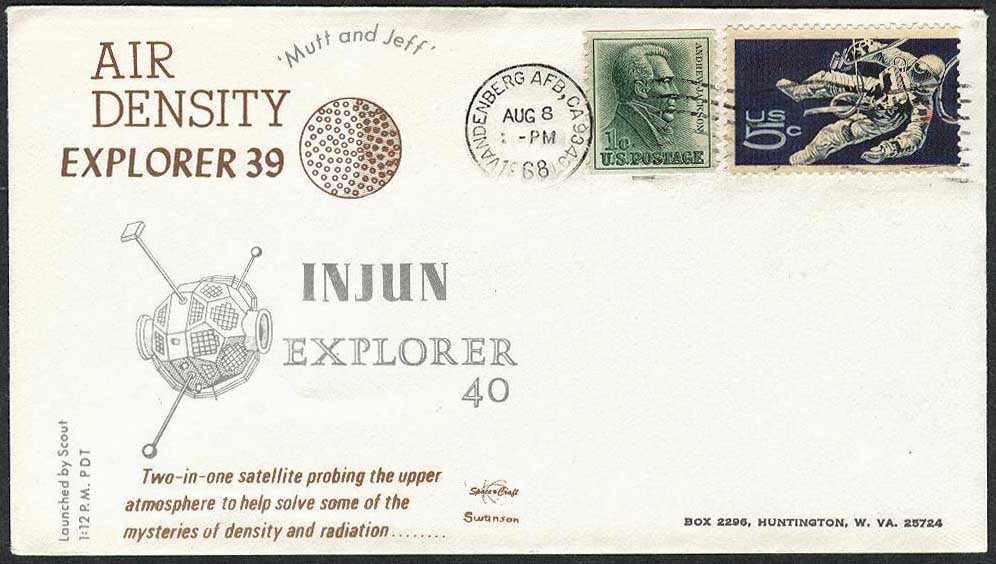

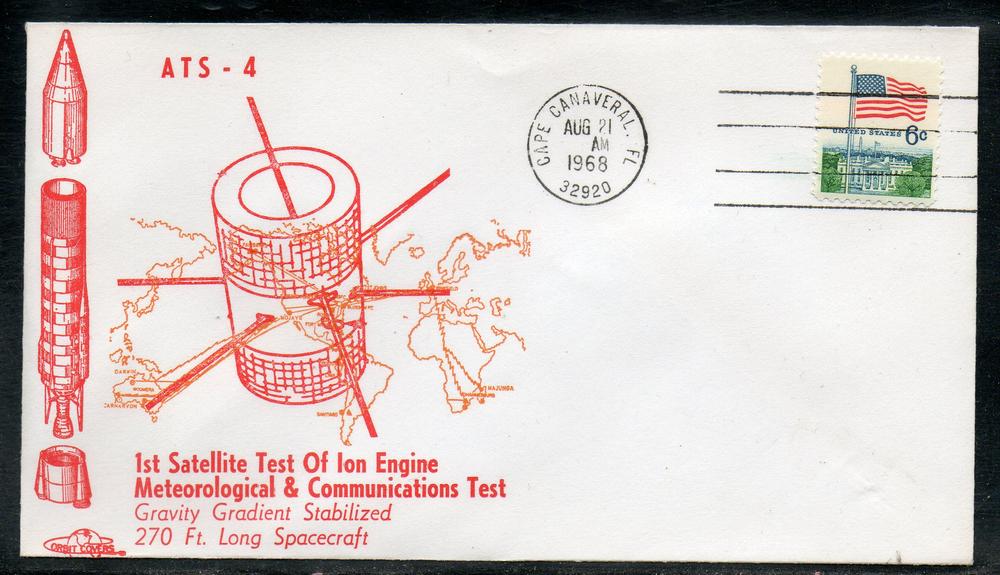




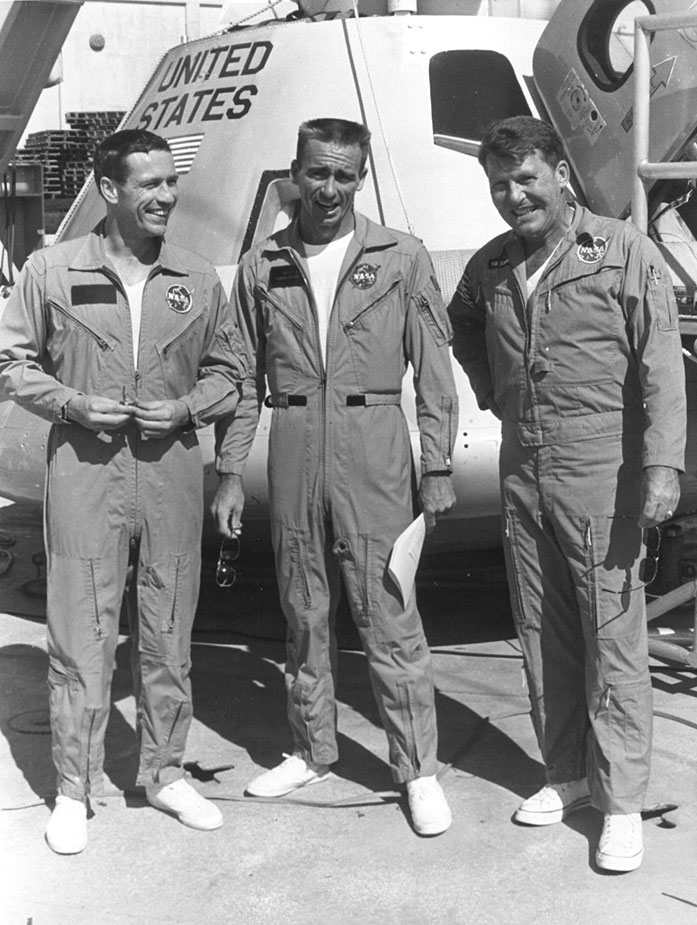
![[August 24, 1968] Here, There, and Nowhere (August 1968 Galactoscope)](https://galacticjourney.org/wp-content/uploads/2023/08/680824galactoscope-672x372.jpg)










![[August 22, 1968] Vive de Gaul– Asterix the Gaul Movie](https://galacticjourney.org/wp-content/uploads/2023/08/H0472-L230456154-672x372.jpeg)

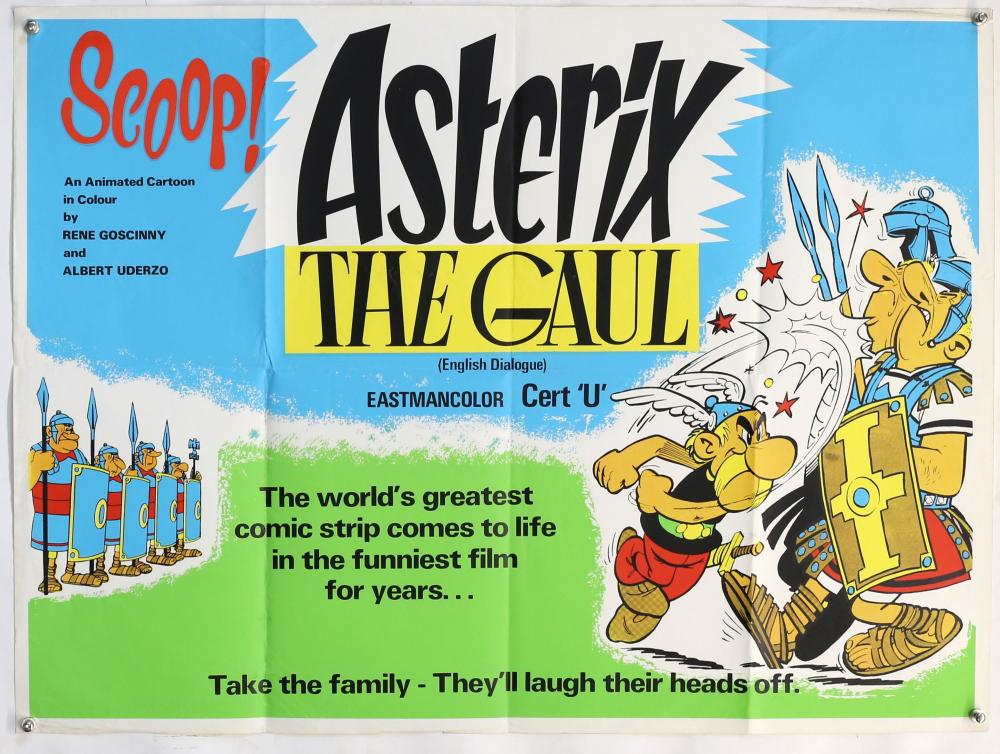

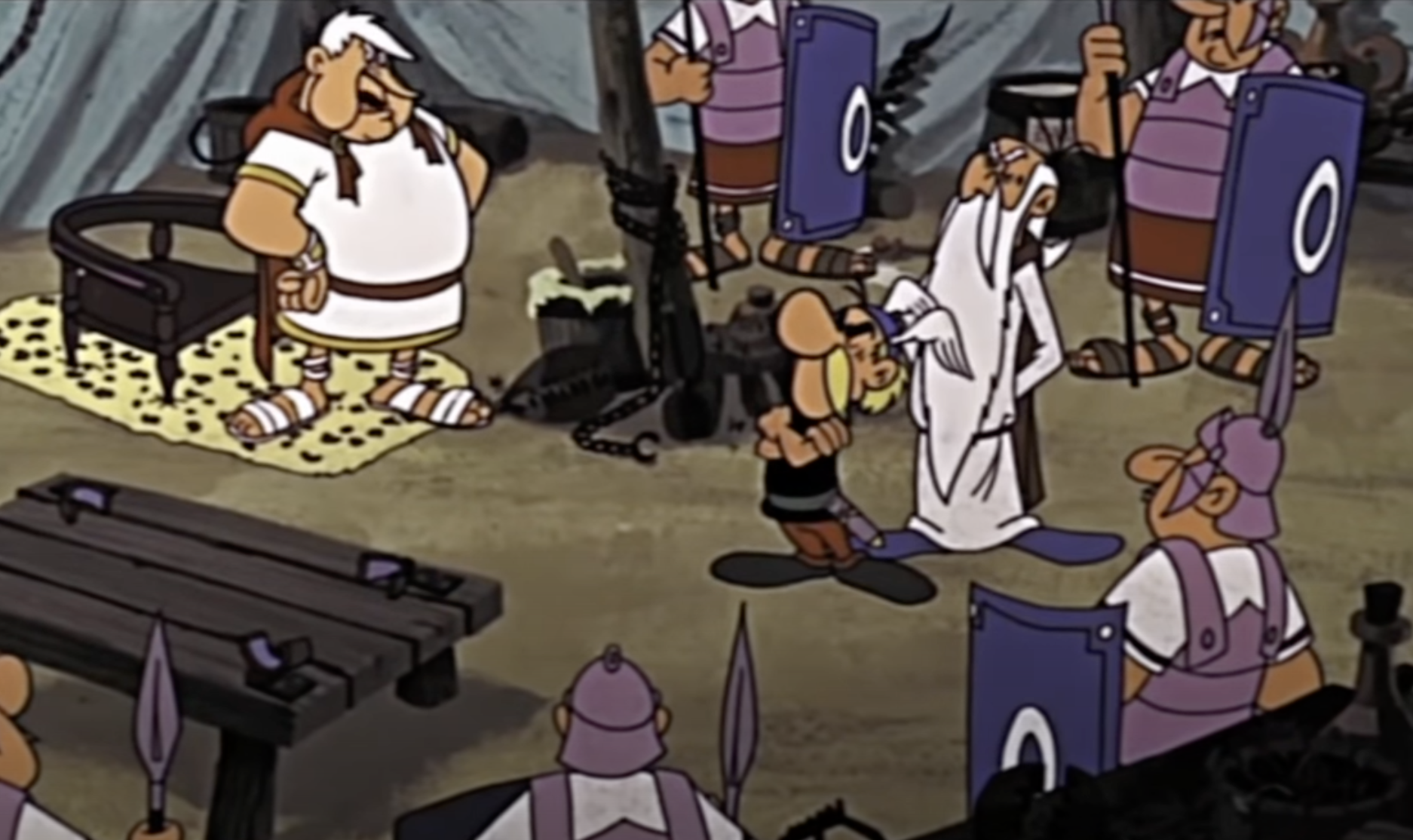



![[August 20, 1968] A tale of two issues (September 1968 <i>Fantasy and Science Fiction</i>)](https://galacticjourney.org/wp-content/uploads/2023/08/680820cover-659x372.jpg)



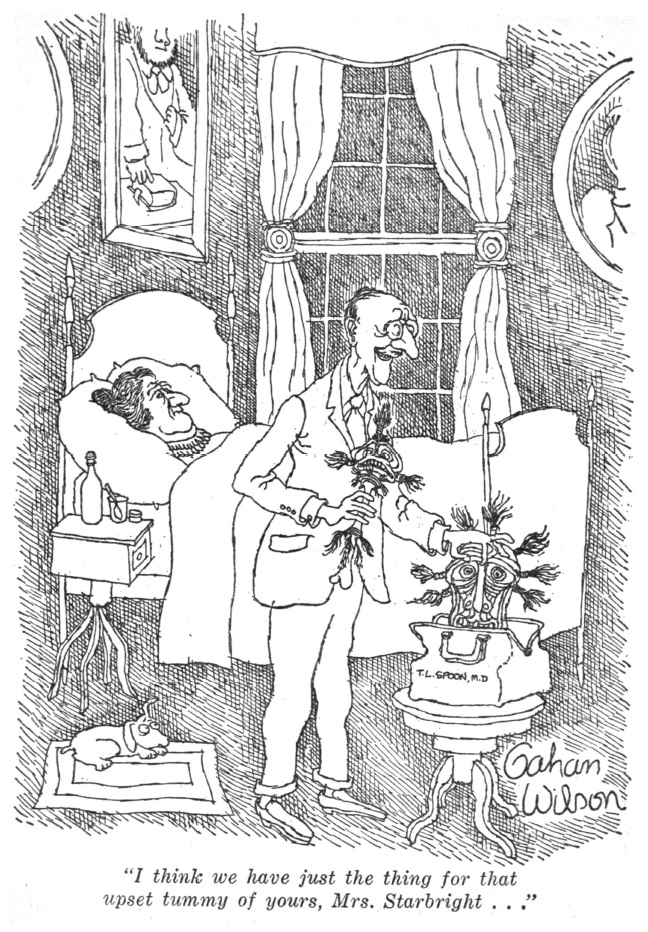
![[August 18, 1968] The Horror is Real (<i>Targets</i>)](https://galacticjourney.org/wp-content/uploads/2023/08/680818targets-500x372.jpg)


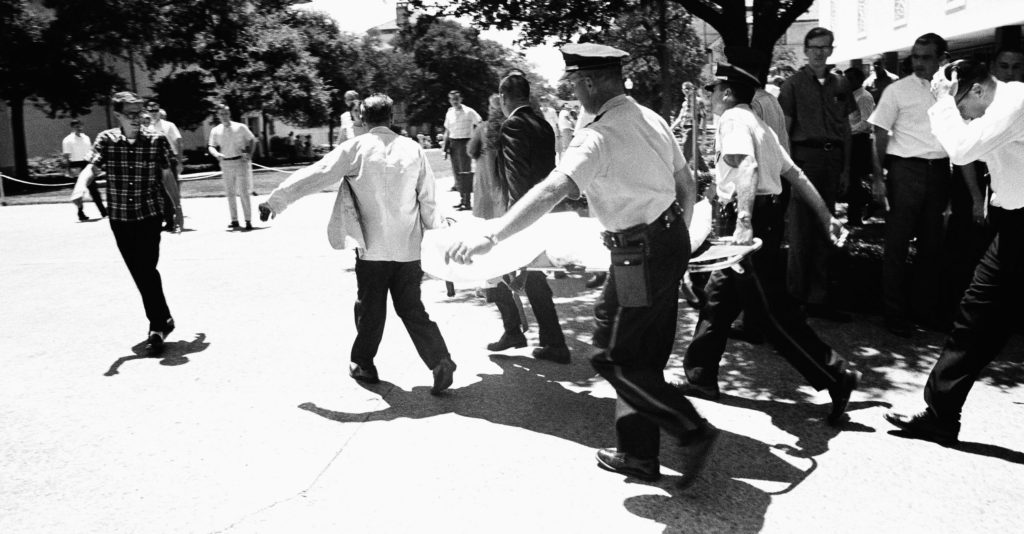
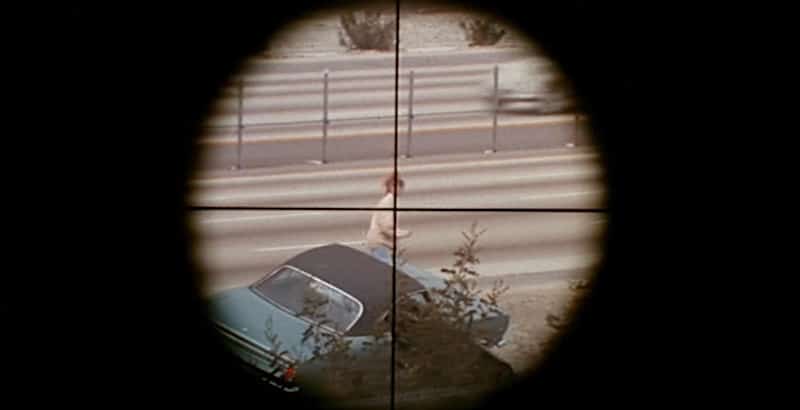
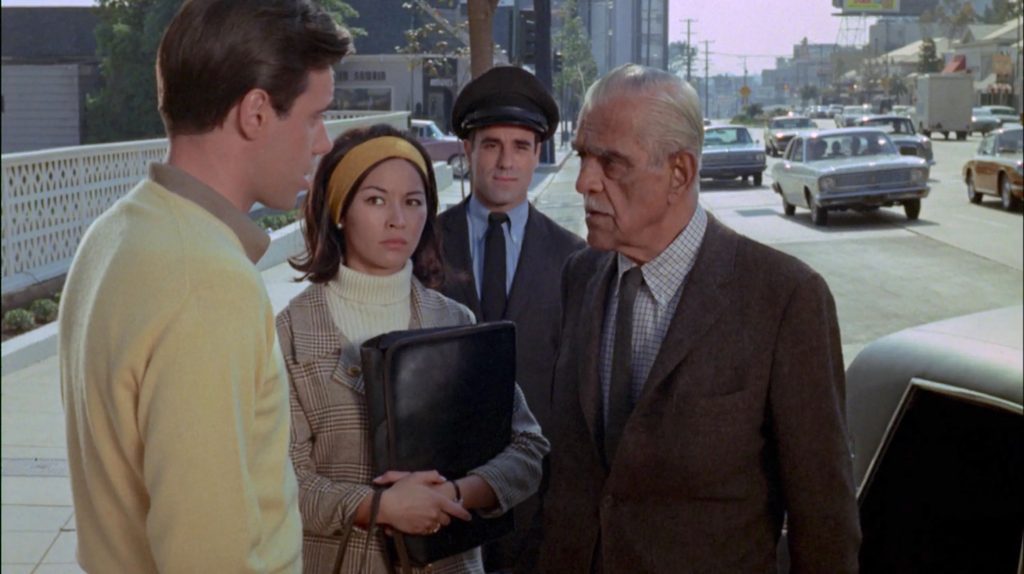
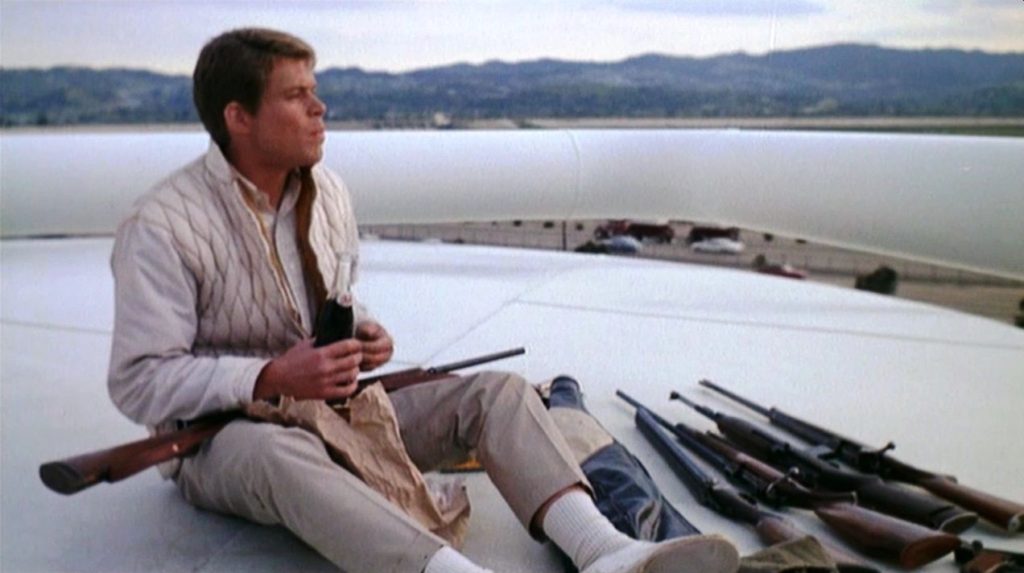

![[August 16, 1968] Brown is the color of my true love team (the NFL in 1968)](https://galacticjourney.org/wp-content/uploads/2023/08/680824cowboyspackers-672x372.jpg)





![[August 14, 1968] The World, the Flesh and Charles Gray (the horror movies <i>Torture Garden</i> and <i>The Devil Rides Out</i>)](https://galacticjourney.org/wp-content/uploads/2023/08/680814posters-1-672x372.jpg)

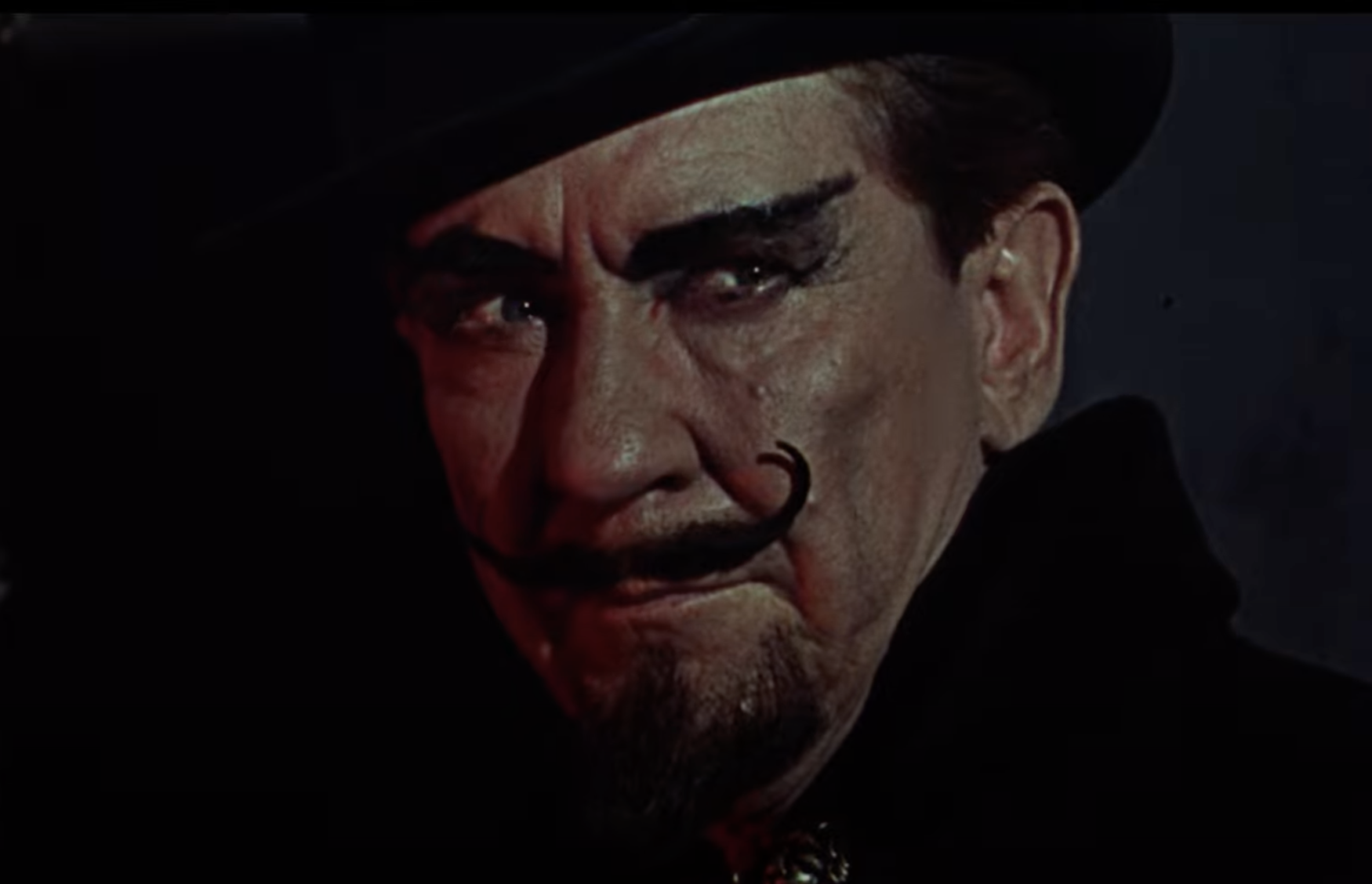
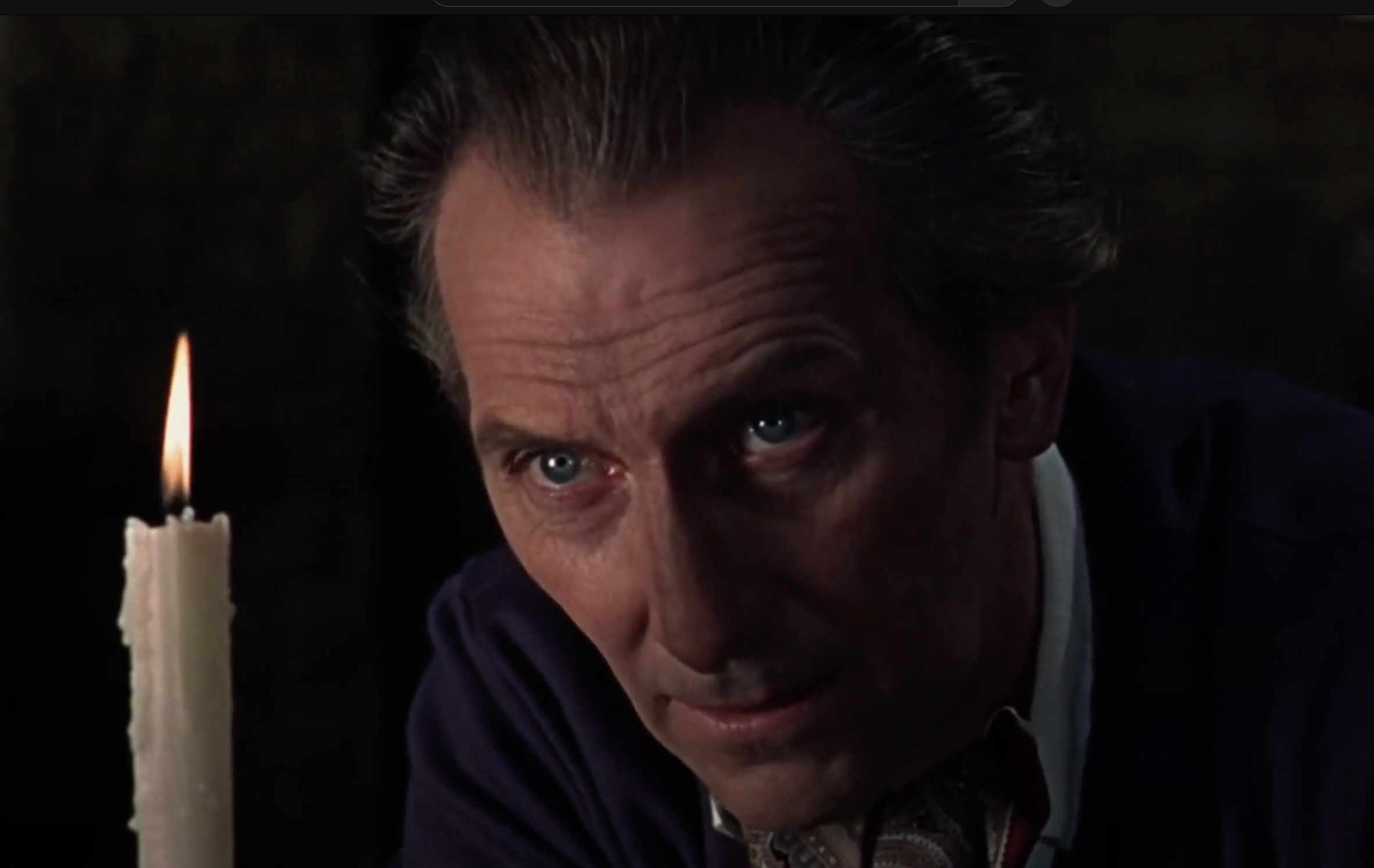



![[August 12, 1968] <i>Galaxy's the One</i>? (the September 1968 <i>Galaxy</i>)](https://galacticjourney.org/wp-content/uploads/2023/08/680812cover-1-scaled.jpg)













![[August 10, 1968] First Trans-Oceanic Fan Fund Brings Fandom Together](https://galacticjourney.org/wp-content/uploads/2023/08/680810shibano2-672x372.jpg)

